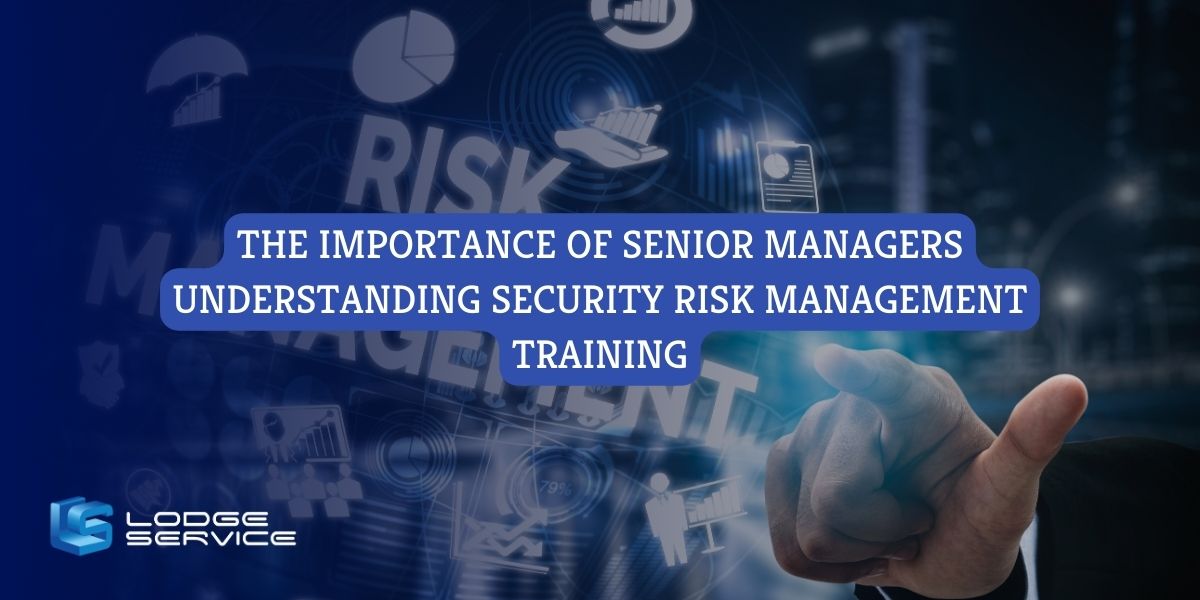Exploring the Growing Importance of Risk Management in Organizational Strategy
The Critical Relevance of Risk Management in Achieving Organizational Goals
In the swiftly progressing company landscape, the capacity to browse uncertainty has actually ended up being an important. This is where Risk Management action in, supplying an organized approach to recognizing, examining, and mitigating potential barricades to progress. It's more than just a protective measure - it's a calculated tool, cultivating strength and technology. As we check out the crucial function of Risk Management in achieving business objectives, one can not ask yourself however aid: exactly how does this convert right into real-world success?
Recognizing the Idea of Risk Management in Service

The Essential Role of Risk Management in Strategic Preparation
Incorporating Risk Management into strategic preparation acts as a safeguard for companies, securing their long-lasting plans with a solid structure of readiness and durability. Risk Management supplies a structure for expecting uncertainties and creating appropriate responses, making sure the organization's survival and prosperity even in the face of hardship. By including Risk Management right into strategic preparation, organizations can transform these unpredictabilities right into chances for development and advancement.

Techniques for Identifying, Assessing, and Focusing On Dangers
Browsing the complicated landscape of risks calls for the application of certain techniques for their prioritization, evaluation, and recognition. The process starts with Risk recognition, employing tools such as SWOT evaluation, which assists in determining potential hazards and opportunities. Next off, Risk evaluation is performed to determine the potential effect and likelihood of each Risk. Tools such as Risk matrices and impact-probability graphes are used for this. Lastly, risks are focused on based upon their possible impact and chance, enabling organizations to concentrate their resources on critical risks. This systematic method makes certain a detailed understanding of the Risk landscape, enabling companies to make informed choices and effectively handle dangers to attain their goals - importance of risk management.
Securing Business Workflow Through Effective Risk Management
In the organization landscape stuffed with unpredictabilities, efficient Risk Management plays a pivotal role in guarding business procedures. It functions as a safety guard, alleviating the negative results of possible risks and guaranteeing the smooth performance of all procedures. By identifying and evaluating possible threats, Risk Management enables organizations to establish durable backup plans. This precautionary technique help in preserving operational stability, also when faced with unforeseen scenarios. In significance, Risk Management is the lifeline that maintains the business operations afloat among stormy waters. It makes certain not only the survival but the lasting growth of a company, making it an important tool in attaining service goals. Organizations must spend in extensive Risk Management techniques to guard their procedures.

Converting Prospective Hazards to Opportunities: The Power of Risk Management
A proactive method to run the risk of Management involves identifying, evaluating, and prioritizing dangers to develop techniques that turn them right into possible benefits. Thus, by leveraging the power of Risk Management, organizations can not only safeguard their procedures however likewise spur development link and attain their objectives in an unforeseeable organization atmosphere.
Case Researches: Success Stories of Risk Management Driving Business Objectives
Successful implementation of Risk Management approaches has actually generated impressive results in various companies, highlighting the qualities of this approach. Multinational companies like Microsoft and Google, as an example, have actually leveraged Risk Management to reduce risks and manipulate possibilities, driving their service purposes forward. Microsoft's positive Risk Management technique assisted it pivot promptly throughout the 2020 pandemic, transitioning to remote job smoothly, thereby keeping performance. Google, by examining and alleviating prospective risks in its cloud-based solutions, has actually guaranteed uninterrupted service, therefore reinforcing client count on. These examples highlight exactly how successful Risk Management can not only guide services clear of potential challenges but also guide them in the direction of their strategic purposes. Thus, Risk Management is indispensable to the pursuit of organizational goals.
Final thought
To conclude, Risk Management is fundamentally critical in achieving organizational objectives. It provides a methodical technique to recognizing, assessing, and attending to possible hazards and opportunities. More than just mitigating risks, it likewise promotes advancement, durability, and lasting development. By including Risk Management right into strategic planning, companies can much better browse unpredictabilities, guard procedures, and capitalise on possibilities, thereby lining up with long-lasting purposes.
At its core, Risk Management is the process of determining, evaluating, and attending to prospective risks that might adversely influence a company's objectives or procedures. Next off, Risk assessment is performed to identify the possible effect and likelihood of each Risk. Threats are prioritized based on their potential impact and chance, enabling organizations to concentrate their resources on high-priority dangers. By identifying and assessing possible risks, view it now Risk Management allows organizations to establish robust backup plans. A proactive technique to risk Management involves recognizing, evaluating, and great site focusing on dangers to devise techniques that transform them into possible benefits.